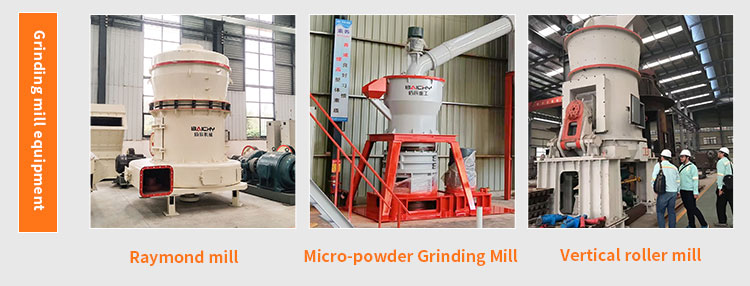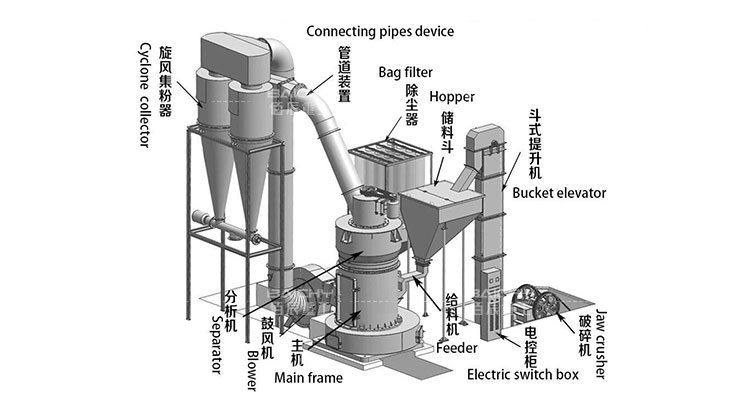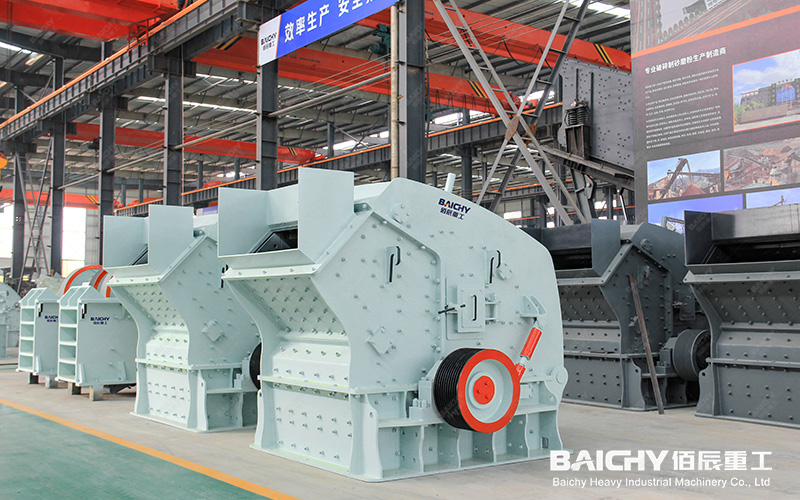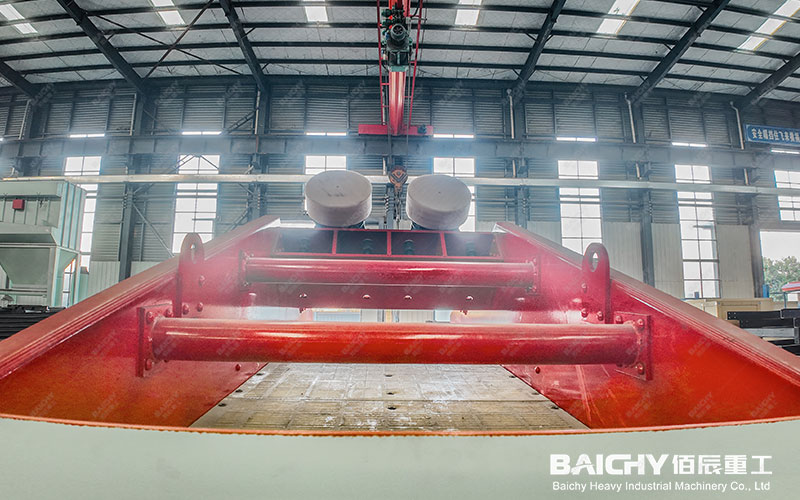
Bentonite, an important non-metallic mineral, is widely used in metallurgy, chemical industry, environmental protection, and building materials. Grinding is a crucial step in its deep processing, and choosing the right bentonite grinding mill directly affects product quality, production costs, and overall efficiency. Faced with a variety of equipment types on the market, how can you accurately select the right model? This article, based on actual needs, outlines five key factors to help you make efficient decisions!
I. Clarify Bentonite Characteristics and Grinding Objectives
The hardness, moisture content, impurity content, and target fineness (e.g., 80-600 mesh) of bentonite directly affect equipment selection. For example, high-moisture materials require a drying system, while high-purity requirements necessitate enhanced impurity removal design. It is recommended to conduct material testing first to clarify physicochemical indicators before selecting a grinding process accordingly.
II. Match Equipment Scale to Production Capacity Requirements
• Small production lines (10,000-50,000 tons per year): Raymond mills are a good option, offering low investment and easy operation, suitable for small to medium-scale processing.
• Medium to large-scale production lines (annual output of 50,000-200,000 tons or more): Vertical mills or ball mills are preferable due to their lower energy consumption, higher degree of automation, and significant long-term operating cost advantages.

III. Focus on Grinding Fineness and Energy Efficiency
Fineness ranges vary significantly among different equipment:
• Raymond mill: 80-325 mesh
• Vertical mill: 80-600 mesh (highly adjustable)
• Ultrafine mill: Up to 3000 mesh A balance must be struck between fineness requirements and energy costs to avoid over-investment or insufficient performance.
IV. Equipment Durability and Maintenance Cost Analysis
The material of core components (such as grinding rollers and grinding rings) (e.g., high manganese steel, alloy steel) directly affects equipment lifespan. It is recommended to choose models with modular designs and easily replaceable structures to reduce downtime losses. Simultaneously, examine whether the manufacturer provides technical support and spare parts supply guarantees.

V. Comprehensive Assessment of Investment and Operating Costs
In addition to equipment price, long-term costs such as electricity consumption, labor, and maintenance need to be calculated. For example:
• While vertical grinding mills have a higher initial investment, their power consumption is 30%-50% lower than Raymond mills, making them suitable for large-scale continuous production.
• Small businesses may prioritize the cost-effective upgraded Raymond mill.
Choosing a bentonite grinding mill requires considering your own production capacity, fineness requirements, budget, and future plans. It is recommended to visit equipment operation case studies and request material trial grinding reports. Scientific selection is key to achieving a high return on investment!
Take action now: Leave a message with your production capacity needs and fineness targets to receive personalized equipment recommendations!











